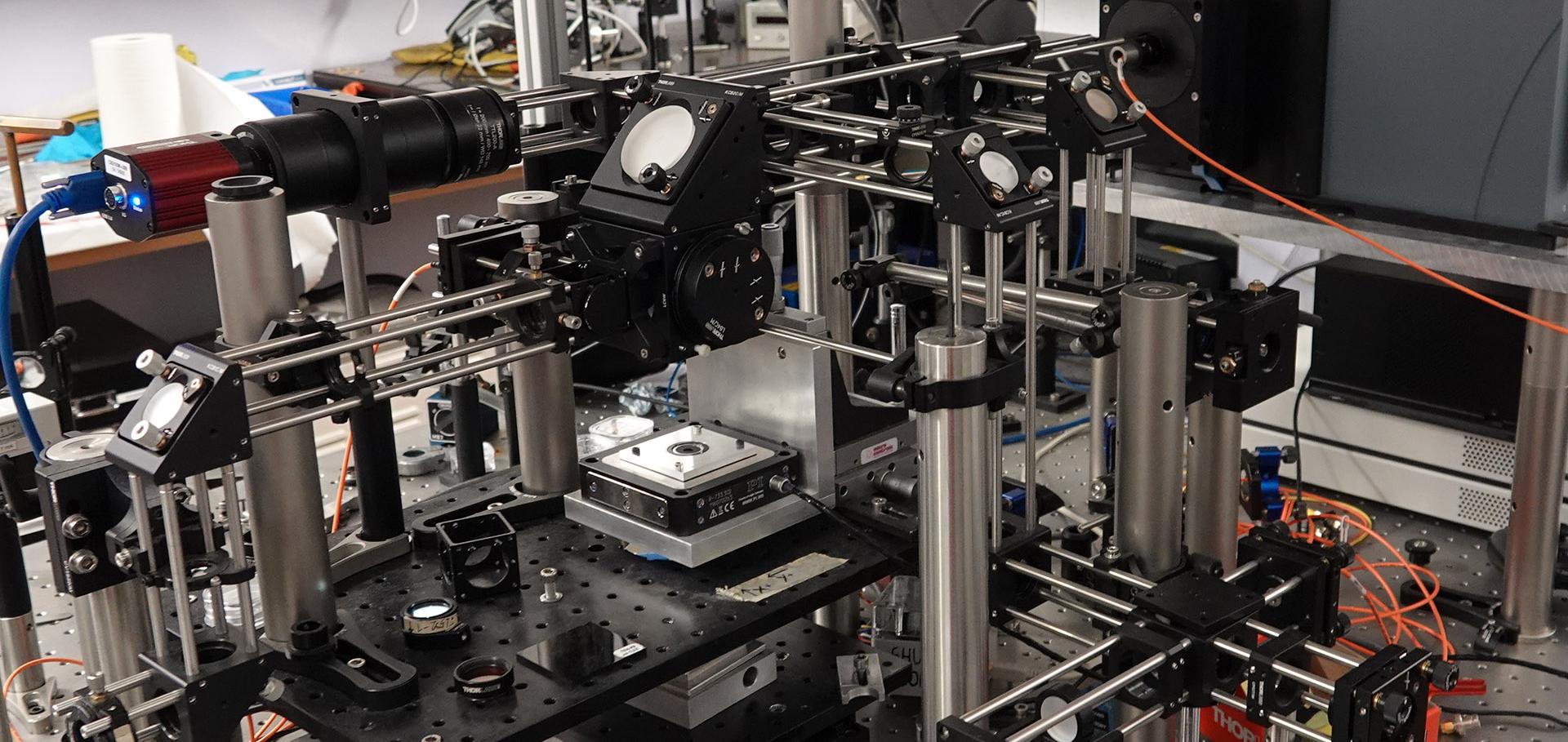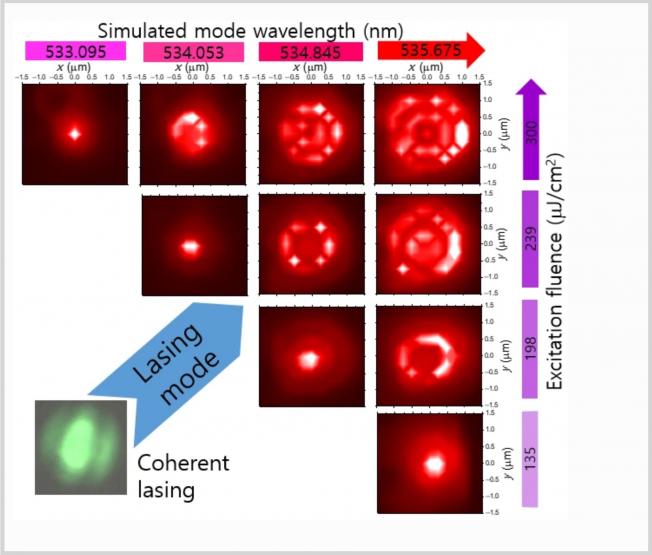Photoluminescence and electroluminescence in InGaN/GaN nano-rod array LEDs fabricated on a wafer scale
Optics InfoBase Conference Papers (2010)
Abstract:
The fabrication of nano-rods containing InGaN/GaN quantum wells with diameter and the evolution of their optical properties are reported. A prototype nano-rod array LED device with strong photonic crystal effects in its electroluminescence is demonstrated. © OSA / ANIC/SOLED 2010.Cavity Enhancement of Single Quantum Dot Emission in the Blue
NANOSCALE RESEARCH LETTERS 5:3 (2010) 608-612
Cavity modes of tapered ZnO nanowires
NEW JOURNAL OF PHYSICS 12 (2010) ARTN 083052
High Up-Conversion Efficiency of YVO4:Yb,Er Nanoparticles in Water down to the Single-Particle Level
JOURNAL OF PHYSICAL CHEMISTRY C 114:51 (2010) 22449-22454
Micro- and Time-resolved Photoluminescence in GaN Nanorods with Different Diameters
JOURNAL OF THE KOREAN PHYSICAL SOCIETY 57:4 (2010) 756-759



